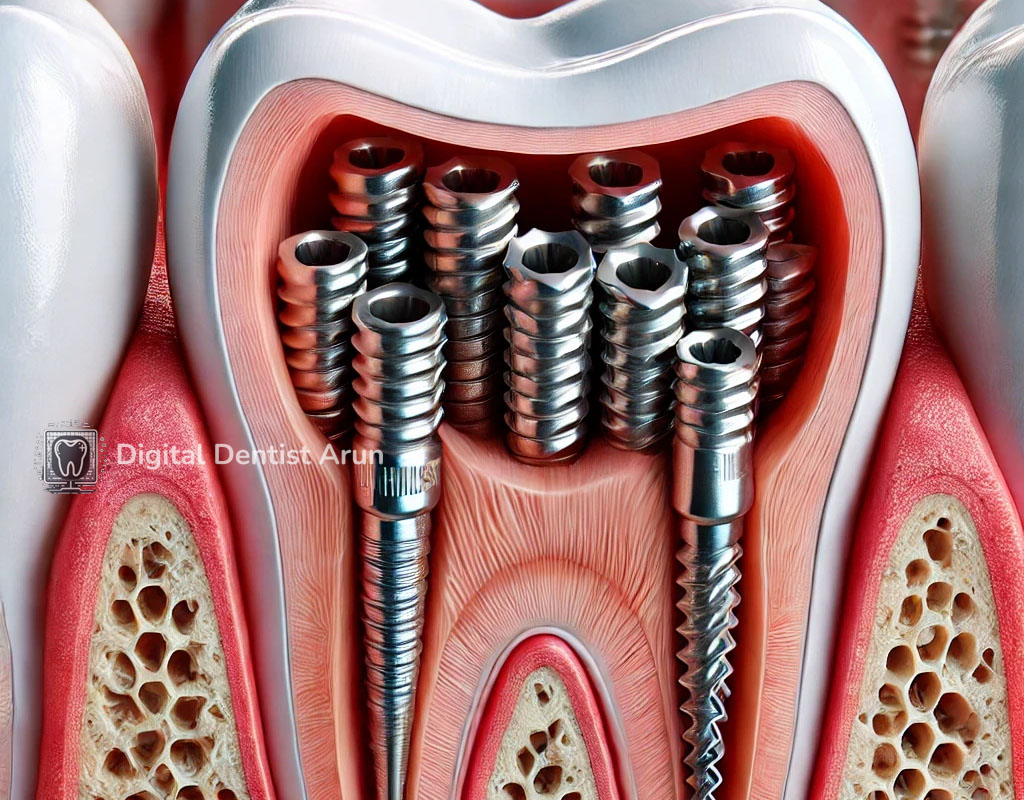Accurate age estimation is a critical factor in orthodontics, especially for planning treatments for growing patients. Traditionally, orthodontists have relied on physical assessments and radiographic observations to estimate mandibular growth stages, which are essential for predicting the appropriate time for interventions like braces and other orthodontic appliances. However, the recent advancements in artificial intelligence (AI) have opened up new opportunities for precision diagnostics.
The latest research, titled “Age Estimation Based on Mandibular Growth Stages and Morphological Characteristics in Panoramic Radiographs”, delves into the innovative use of AI-based systems to improve accuracy in estimating mandibular growth using panoramic radiographs. This approach has the potential to revolutionize orthodontic diagnostics by providing more consistent and objective evaluations.
The Importance of Age Estimation in Orthodontics
In orthodontics, understanding the growth stages of the mandible is essential because it helps practitioners determine the most appropriate time to begin treatment. Initiating treatment too early or too late can lead to suboptimal outcomes. For instance, interceptive treatments such as functional appliances must be timed according to the patient’s skeletal development to ensure their effectiveness.
By analyzing mandibular growth stages through radiographs, orthodontists can assess the stage of a patient’s skeletal growth. However, manual interpretation of radiographs is prone to variability due to subjective analysis. This is where AI comes into play, offering more precision and repeatability in evaluating these critical growth markers.
AI-Based Age Estimation: How Does It Work?
The research employs machine learning models that are trained to identify specific growth markers in panoramic radiographs. The AI system analyzes the morphology of the mandible and other critical factors such as the development of molars and vertebral maturity to estimate the patient’s age with greater accuracy.
Through the integration of large data sets, AI models can “learn” the distinct morphological characteristics associated with different growth stages. The system then compares these characteristics with the data of new patients to provide a reliable estimate of their mandibular growth stage.
One of the key benefits of this AI-based approach is its ability to remove the variability introduced by manual interpretation. While traditional assessments can differ between practitioners, AI offers a standardized evaluation process, leading to more consistent and objective results.
Additional Insights from the Research
The study further highlights several additional points:
- Machine Learning Accuracy: The AI models trained on large datasets provided highly accurate age estimations based on the morphology of the mandible and molars, surpassing the consistency of manual assessments.
- Morphological Markers: The AI system carefully analyzed specific growth markers like vertebral maturity and molar development, which are essential for accurate growth stage determination in orthodontic diagnostics.
- Inter-Observer Variability: One of the major benefits noted in the study was the significant reduction in inter-observer variability. AI models provided consistent results across cases, removing subjective biases often present in manual analysis.
- Broader Applications: Beyond the immediate benefit of accurate age estimation, the research suggests that AI could be integrated into routine dental practices, allowing for ongoing monitoring and adjustment of treatments based on real-time data analysis.
Implications for Precision Orthodontics
The introduction of AI-based age estimation systems in orthodontics represents a significant leap forward in precision diagnostics. By accurately determining a patient’s mandibular growth stage, orthodontists can make better-informed decisions regarding treatment timing. This can lead to more successful treatment outcomes, reduced treatment times, and enhanced patient satisfaction.
Moreover, AI-based age estimation can improve efficiency in busy orthodontic practices. The speed and accuracy of AI analysis mean that orthodontists can focus more on treatment planning and patient care rather than spending time manually analyzing radiographs.
The article also highlights how this technology can help in long-term patient monitoring. By integrating AI with routine dental checkups, orthodontists can track the growth progress of patients more accurately and adjust treatments as needed.
Challenges and Future Potential
While the results of AI-based age estimation are promising, there are still some challenges to consider. One of the primary concerns is ensuring that the AI systems are trained on diverse datasets to account for variability across different populations. Additionally, ethical considerations regarding the use of AI in medical diagnostics must be addressed to ensure that the technology is used responsibly.
Looking ahead, the potential for AI in orthodontics is vast. Future advancements may integrate AI with 3D imaging technologies, providing even more detailed insights into skeletal development. As AI continues to evolve, it is likely that orthodontists will have access to even more sophisticated tools that enhance diagnostic accuracy and treatment outcomes.
AI-based age estimation using mandibular growth markers is a significant advancement in orthodontic diagnostics. The ability to standardize and improve the accuracy of age estimation is set to benefit both practitioners and patients alike by ensuring more precise treatment timing and better overall outcomes.
To explore the detailed research and findings, you can read the full article here: Age Estimation Based on Mandibular Growth Stages and Morphological Characteristics in Panoramic Radiographs

